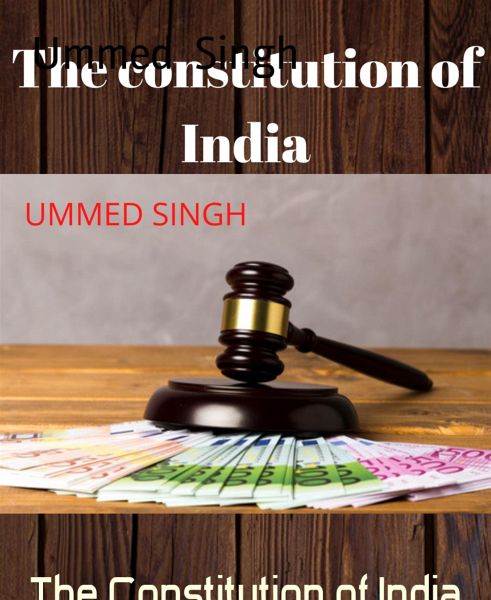
The Constitution of India (eBook, ePUB)
Savindhan

PAYBACK Punkte
0 °P sammeln!
According to Granville Austin, "The Indian constitution is first and primary a social record and is aided by way of its Parts III & IV (Fundamental Rights & Directive Principles of State Policy, respectively) appearing together, as its chief units and its conscience, in realizing the dreams set via it for all the people. The charter has intentionally been worded in generalities to make sure it's flexible. John Marshall, the fourth chief justice of the United States, stated that a constitution's "great outlines have to be marked, its necessary objects designated, and the minor elements which co...
According to Granville Austin, "The Indian constitution is first and primary a social record and is aided by way of its Parts III & IV (Fundamental Rights & Directive Principles of State Policy, respectively) appearing together, as its chief units and its conscience, in realizing the dreams set via it for all the people. The charter has intentionally been worded in generalities to make sure it's flexible. John Marshall, the fourth chief justice of the United States, stated that a constitution's "great outlines have to be marked, its necessary objects designated, and the minor elements which compose these objects be deduced from the nature of the objects themselves. A record "intended to suffer for a while to come", it ought to be interpreted no longer solely based totally on the intention and appreciation of its framers however in the current social and political context.
Dieser Download kann aus rechtlichen Gründen nur mit Rechnungsadresse in A, B, CY, D, DK, EW, E, FIN, F, GR, IRL, I, L, M, NL, P, S, SLO, SK ausgeliefert werden.













